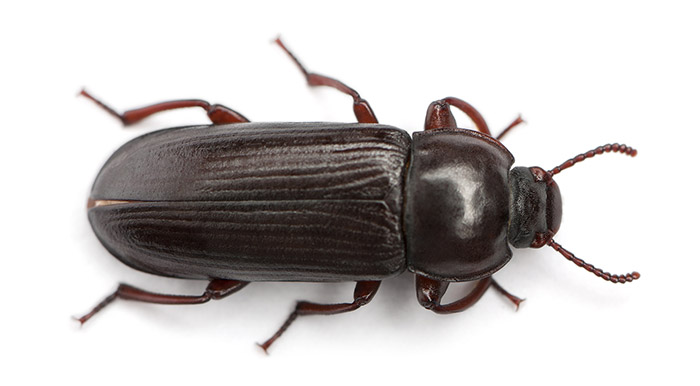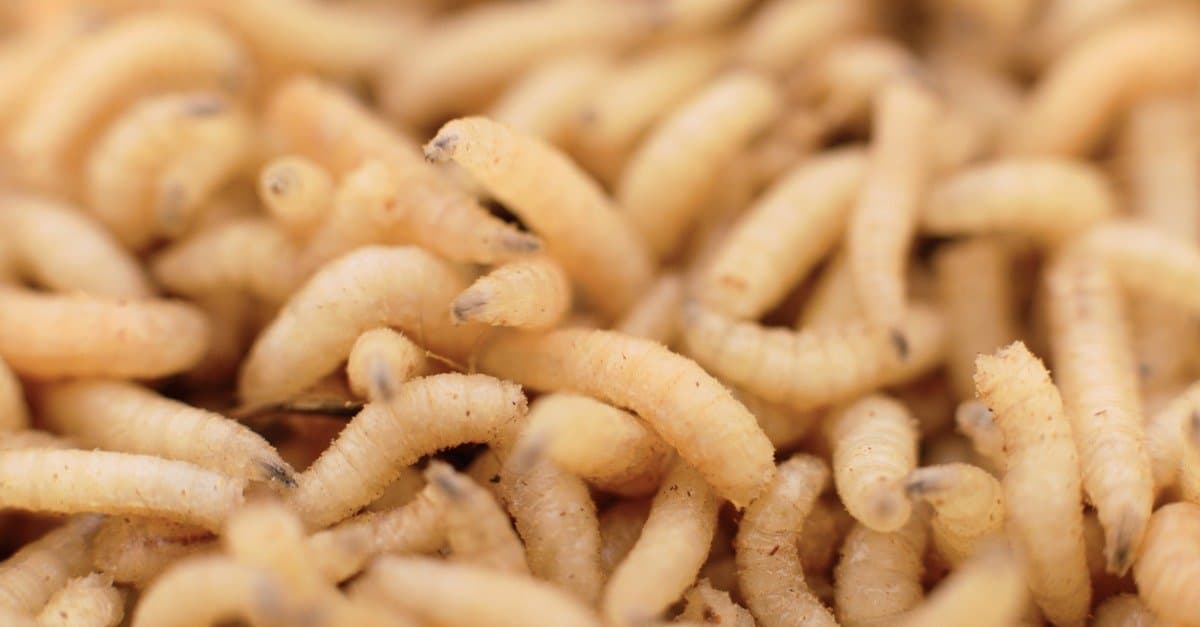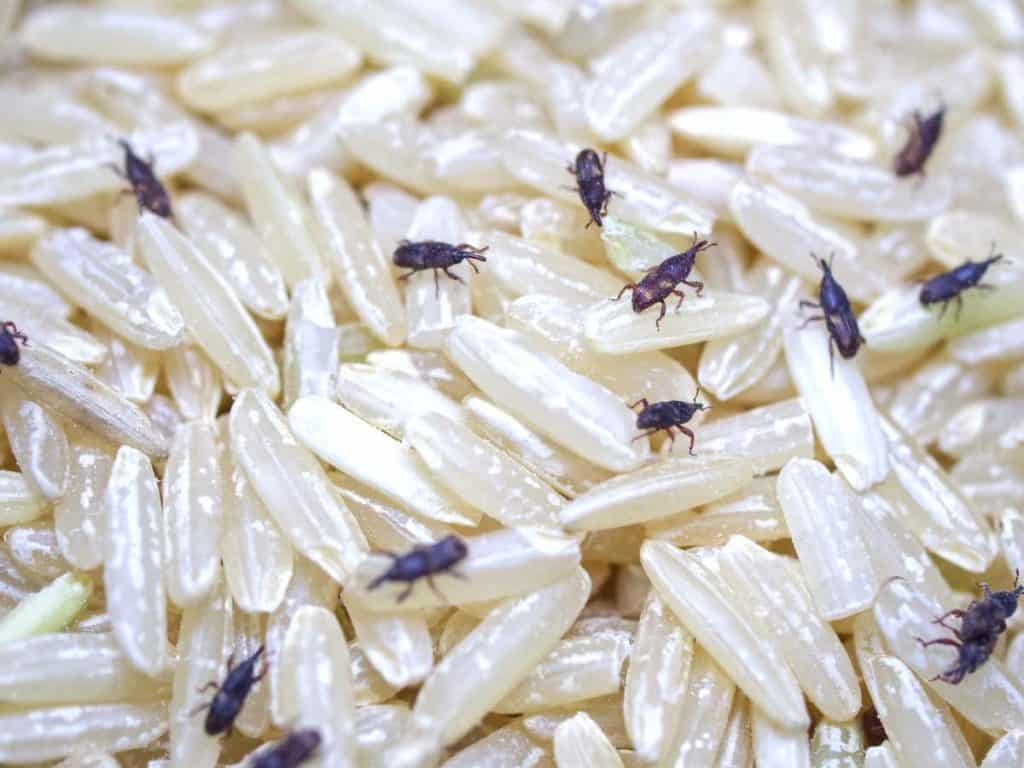Everybody may have his or her own rationale involving How to Get Rid of Beetles in Your Home & Yard.

If ferocious Japanese beetles devour your plants, your lovely garden can right away transform negative. What a heartbreaking thought! Both fully grown and young beetles can trigger extensive damage to numerous plants as well as lawn lawns.
The grown-up ones chew on the fallen leave veins, consume blossoms, delight in fruits, and also at some point weaken the plant up until they die. Worst of all, huge throngs can attack your yard, with ladies laying eggs that develop into grubs or child beetles that damage your lawn origins. So, if you wish to preserve the elegance of your yard, take note of these beetle control suggestions.
Use a Protective Drifting Row Cover
If you have small plants like roses, strawberries, and the like, make use of a protective floating row cover from afternoon until late night. This white polyester adhered as well as rotated material can be curtained over the plants. After that, pin the fabric to the ground to keep the beetles out. Nevertheless, remember not to use this on growing veggies like squash or pumpkin as they need for pollination.
Secure Meticulously with Hands
If the beetle population is still very reduced, you can check your plants as well as hand-pick them out one by one. Then, to ensure they don't come back, sink the beetles in a soapy water remedy. Keep a soapy container beside you to promote the procedure.
Try Store-Bought Insecticides
You can try common insect chemical awesomes like "acelepryn" with its energetic component, chlorantraniliprole. Comply with the directions for application. This is much less harmful to pollinator , unlike the various other insecticides with permethrin, imidacloprid, carbaryl, or malathion. Check out the item tag and bee-toxicity caution if you do not wish to estrange the bees.
Try Organic Products
You can attempt organic things like spinosad and also neem oil. This is most particularly practical for fruits and also veggies considering that you will consume the fruit and vegetables. For optimal pest control, apply this product in the afternoon when the beetles are most active. Once again, comply with directions for application to guarantee optimum efficiency.
Time Turf Irrigation
During the beetle's most energetic period, stay clear of constant irrigation. Actually, it would be useful not to irrigate when they remain in mating period to stop the beetles from laying their eggs in the turf. Without this moist environment, they will seek haven somewhere else.
Apply a Preventive Chemical for Grub
To stop mature beetle throngs, you need to nip the problems in advance. Killing the grub when they are young will work as a wonderful preventive tool. Discover those with active components like imidacloprid, halofenozide, or thiamethoxam. Granular powders work best, especially at the end of July, to prevent eggs from hatching. Once again, keep an eye out for poisoning due to the fact that you don't desire these practical pollinators to pass away as well.
Require Professional Aid
If you are afraid of damaging your plants and also really feel not sure regarding carrying out chemical applications, ask for specialist pest control. They can give the very best suggestions on what to do about your yard so you can eliminate the beetles without harmful plants, injuring pet dogs, or hurting the people staying in the exact same space.
Your gorgeous yard can instantly turn negative if ferocious Japanese beetles devour your plants. Both young and mature beetles can create considerable damages to numerous plants as well as lawn yards.
Most awful of all, massive flocks can invade your yard, with ladies laying eggs that turn right into grubs or infant beetles that damage your yard origins. If you desire to maintain the charm of your yard, take note of these beetle control tips.
If the beetle population is still extremely low, you can check your plants as well as hand-pick them out one by one.
Dealing with Japanese beetlesThe pest I’m hearing about most from west Michigan gardeners this year is Japanese beetles. These pesky little copper-colored beetles especially love roses and apple trees—both of which we have on our property, so I have been especially interested in monitoring them for activity.
Their telltale sign is leaving “skeletonized” leaves while leaving the veins intact. Unfortunately Japanese beetles are not real picky eaters and will attack almost any flower, shrub, tree, or vegetable plant. My first encounter with the Japanese beetles this year occurred when they showed up on my pole beans; they’ve also enjoyed some of our cucumber plants.
So how do we get rid of them without nasty pesticides?
First spray your plants with Neem oil. The benefit of Neem oil is it is derived from an evergreen tree and is safe for use around humans, animals, earthworms, lady bugs, and other beneficial insects. Neem oil also protects your plants from a variety of other insects including caterpillars, cabbage worms, mealy bugs, mites and whiteflies, just to name a few. Neem oil can also help with powdery mildew. This is an item I wouldn’t want to start the year without because there is a good chance I will need it at some point during gardening season!
Second, Japanese beetles are slow and not all that alert. This makes them easy to catch. Fill a bucket or jar half way with water and a squirt of dish soap. Catch the beetles with your gloved hands and place them in the bucket. They cannot escape from the soapy water. The best time to catch them is early in the morning when they are the least alert although you should have no problem catching them anytime during the day. Also leave the bucket of dead beetles in the garden as a deterrent. Japanese beetles are largely moved by scents and the smell will deter additional beetles.
Finally, grubs are the larval stage of the Japanese beetle and the presence of the beetles in your garden or on your roses may mean you or your neighbor have a grub issue. Japanese beetles will travel a mile for a good meal, but if they are in your garden and you didn’t have grubs this spring you may have them next spring. Grubs can be treated organically with milky spores, but the milky spores take a year to effectively establish themselves in your soil. I know we will be applying them this fall to get a jump on any problems with grubs in the future.
Now that I’ve given you some good ways to rid your yard of Japanese beetles, here’s what I’d avoid: Japanese beetle traps. Studies have found they attract more beetles than they actually catch.
So is there a way to prevent these pests from invading your garden? Well, theoretically, natural repellants for Japanese beetles include chives, garlic, catnip and tansy, but to be honest, I have not found these to be very effective. Directly below my pole beans are my chives, so I’m not convinced planting those things actually works as a deterrent.
So while you may not get rid of the all the Japanese beetles in your yard, you can definitely control their population so they will not have an impact on your harvest.
https://www.goodsweetearth.com/blog/dealing-with-japanese-beetles

As a devoted person who reads about Beetle Pest Control, I figured sharing that section was essential. Are you aware of someone else who is very much interested in the niche? Do not hesitate to promote it. Thanks so much for taking the time to read it.
Request Free Estimate

